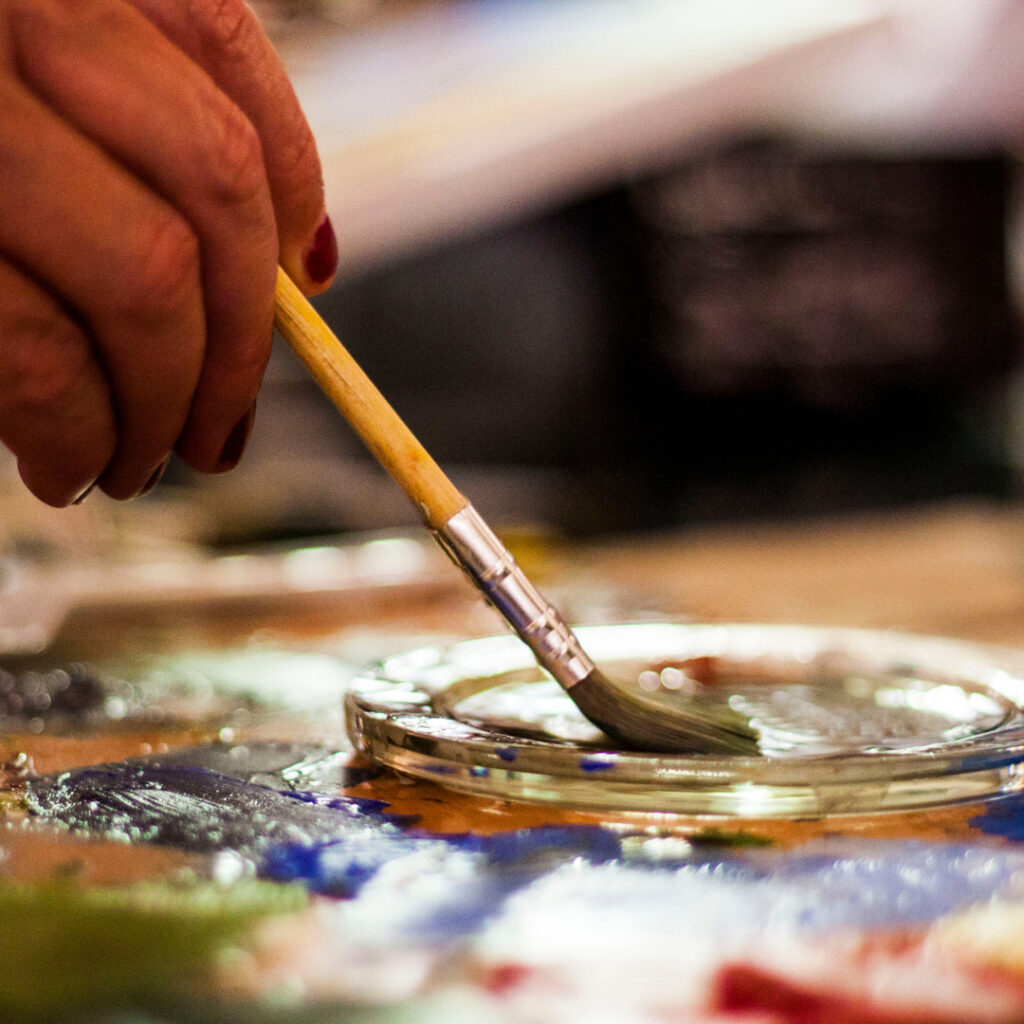In 19th Century patriarchy, professional work was reserved entirely for men. For women, paid work would be to break from the submissive and serving category into which they had been weaved. It’s no surprise that women of a late 19th Century alignment would be overlooked for their skills in the arts and crafts in a paradoxical fashion; in this prominent decorative and architectural movement, the work of women was understatedly essential. The arts and crafts movement rose to prominence in the late 1800s, its theories dictated largely by John Ruskin, a famed Victorian art critic, and William Morris, a designer whose name and visuals remain relevant today. Little is focused on the inspiration one may garner from the leading arts and crafts women.
These craftswomen, loyal to the arts and crafts ethos of ‘art for all’, created artistic guilds in their names, spreading creative unity in a dismissal of outdated, male-dominated creative hierarchy. Their arts and crafts guilds responded to the barring of women from the Art Workers’ Guild and Guild of Handicraft. Despite recent admittance of women into art schools, the only respectable crafts a woman could pursue were that within the confines of the domestic environment. Professional craftswomen arose in the midst of society’s slowly-growing acceptance.
We see the historic Women’s Guild of Arts open in 1907. It was founded by May Morris – Head of Embroidery at her father William’s triumphant Morris and Co – with Mary Seton Watts and Mary Elisabeth Turner. Among widespread industrialisation and the prominence of machines, the Women’s Guild of Arts focused on painstakingly detailed work in stained glass, enameling, pottery, embroidery and jewellery, bringing the art focus back to pre-industrial quirky detail.
The arts and crafts agenda focused on the organic, through not just botanical and vegetal motifs but honesty in material use. These crafts peoples’ natural talent and affinity for precision showered art history with unforgettable designs. We see splendour in Mary Setton Watts’ infinite murals, which blaze rich colour on the Watts Cemetery Chapel, finished in 1895. In Scotland we see Margaret Macdonald’s ethereal, sinuous and quasi-religious panels for The Hill House in Helensburgh, which was completed in 1904; her work was historically accredited to her reputable husband, Charles Rennie Mackintosh.
Arts and crafts enthusiasts are thriving in the 21st Century, thanks to the age of the internet. The craftswomen featured below are using Etsy as their guild for creation and platform from which to sell.
SusieShineDesigns
The Etsy store run by Susan Sexton transforms the ordinary. As a retired nurse in Cumbria, her dedication to her work shines through in the detail and quality of her lampshades, cushions and table runners. Her fanciful material choices draw on natural themes of flowers, animals, birds and the sky, while capturing the imagination and tying the colours of a room together. One such item is her Peacocks and Poppies lampshade – at close encounter, it delights you in the discovery of a subtle gold shimmer, outlining its Morris-esque intricacy in a tastefully under-bearing fashion.
MyBeachsideStyle
This store offers delftware-style lampshades and cushions. These are reminiscent of Morris’ painted tile designs, like The Swans tile of c. 1862. Kim, who owns the Australian shop, aims to imbue a sense of the Hamptons into the home with these Delft Blue-inspired patterns.
AfroPopSocks
Turning our attention to fashion ventures, socks from Afropopsocks bring divine colour to an overlooked wardrobe staple. A whirlwind of fun, the West African-inspired Dashiki socks will be sure to catch your eye. Dashiki prints like these are a clear statement that black is beautiful. Maybe you’ll opt to put a spring in your step by secretly wearing a pair under your boots; perhaps you’ll brighten someone’s day by showing them off. On top of this, the shop’s team has partnered with Access UK to help young black people and people of ethnic minorities with career support and guidance. What’s not to love?
FelonasBoutique
A boldly geometric choice, craftswoman, Mary, turns her passion for crafts into cushions and face masks designed with African prints, Scottish tartans and paisleys. Her face masks sell fast and bring striking character to any outfit, while keeping you safe.
DovetailedLondon
If colourful prints like these make you smile, why not try making your own at home using DovetailedLondon print fabric? The cotton materials are engaging and endless, and are all expertly handmade by London craftswoman Adaku Parker.
KimberleyMac
For encapsulating accessories that play with misty iridescence and comforting embossing, Kimberleymac hand-prints and hand-crafts from her base in the Highlands of Scotland. The velvety, organic and earthy tones are utterly rich and tempting. She also works with Harris Tweeds, woven by home-based weavers on the Isle of Harris in the Outer Hebrides. Eco Printing leaves and embroidering botanical collages, such as the unique Crow Raven Bird Piece, Kimberley McCormack creates gorgeous pieces of art in their own right, inspired by her distinctive environment.
With abundantly talented craftswomen such as these, personal taste and differential talent is set to dominate a capitalist vision of redundant monotony. Just like the pioneering women making their mark in the arts and crafts era over one hundred years ago, these 21st Century craftswomen embellish our lives with their creative visions. They use their affinity for tasteful patterns and materials to create handcrafted goods to sell; an extension of the arts and crafts movement in contemporary life. Perhaps we are yet to see them pass their talent onto the next generation of formidable arts and crafts women.
